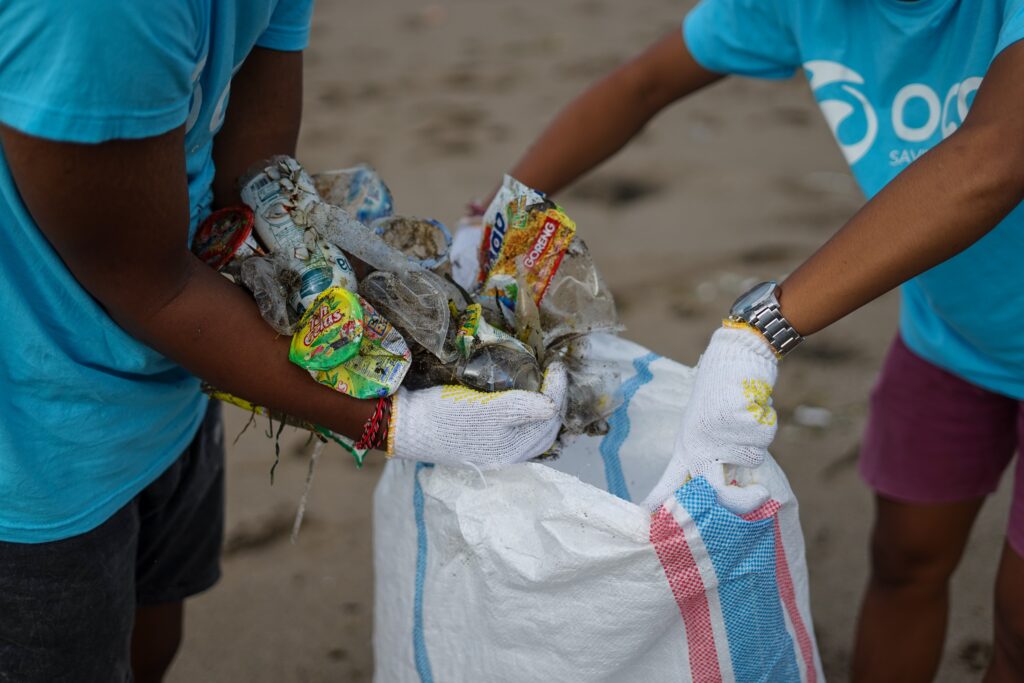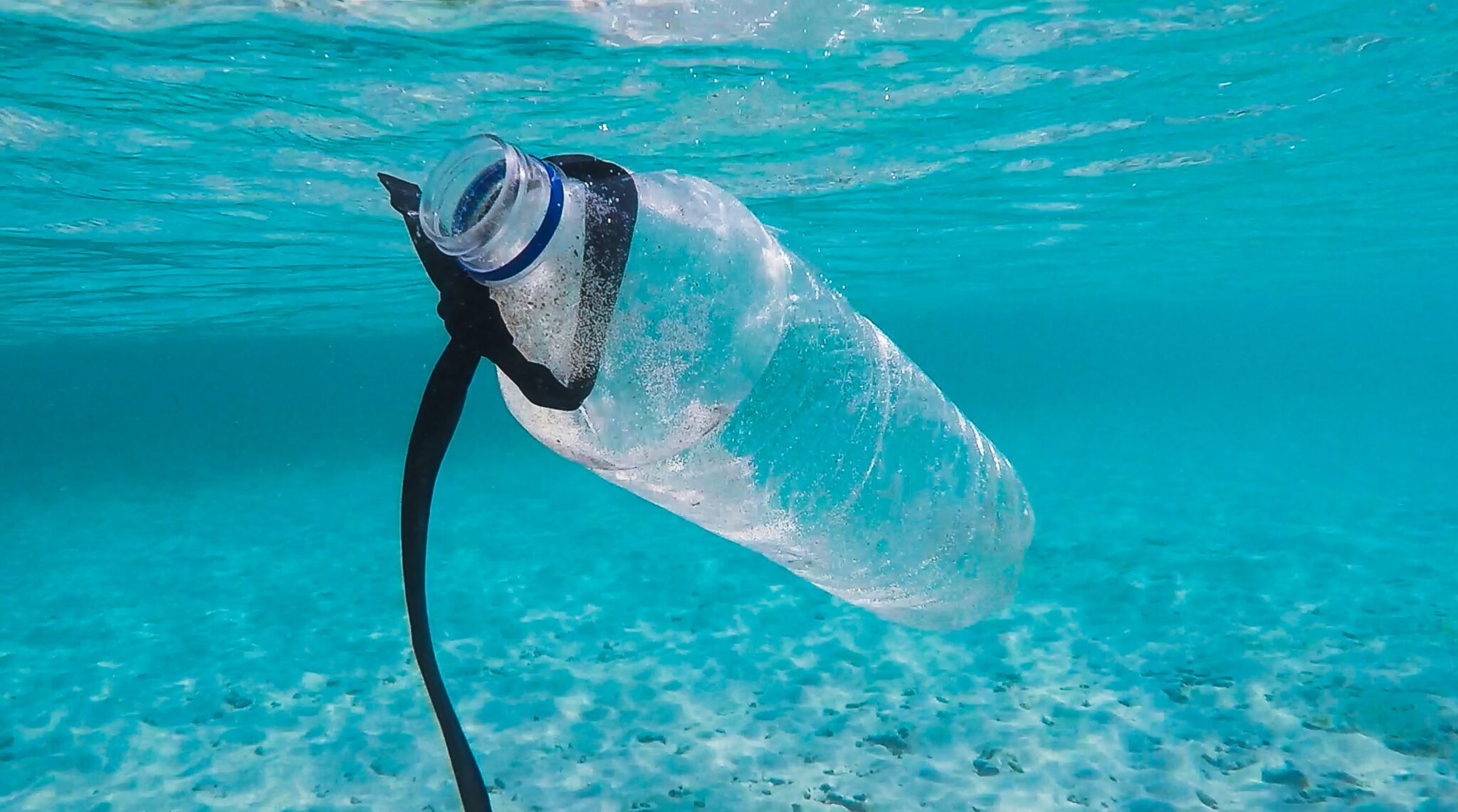In much of the earth’s oceans, man-made waste is rising, and nothing is actually disappearing. By 2050, the seas and oceans will have more plastic than fish.
A significant portion of the earth is covered in dumped plastic endangering animal and potentially human health. The accumulation of plastic in our seas and oceans has turned into a major crisis. This increasingly growing plastic waste has overwhelmed our world’s ability to cope with the issue. A garbage truck full of plastic reaches the ocean every minute, ruining beaches, killing species, and infecting our food supply.
Plastic is made from petroleum and is a synthetic polymer with qualities that make it suitable for a broad range of uses, like packaging, construction, domestic and sporting goods, automobiles, electronic devices, and farming. Each year, more than 300 million tons of plastic is manufactured, most of which is then used to create products like shopping bags, disposable cups, bottles, spoons, and straws.
If one were to scoop in the oceans every year, around 8 million tons of plastic would be found. Swirling plastic waste is by far the most common form of ocean pollution right now. Waste plastic in oceans and seas accounts for 80% of all marine litter. Plastic is found on the waters of every country, with higher concentrations of plastic around tourist spots and heavily populated regions.
Plastic waste is found mostly in the waters of developing countries of Asia and Africa. These countries have poor and inadequate litter collection systems and management. Developed nations also face the same difficulty.

Scientists in the 1960’s first observed the problem of plastic pollution in oceans and seas. Different studies hold different countries responsible for the problem. According to a report from Germany’s Helmholtz Center for Environmental Studies, the bulk of ocean plastic comes from the rivers in Asia and Africa. Research Group at the University of Georgia found out that plastics in oceans and seas would barely drop even if Europe and North America end their plastic production.
Studies have revealed that wildlife suffers directly and fatally as a result of plastic contamination. Every year, hundreds of marine animals, sea turtles, birds, whales, and other sea organisms die as a result of swallowing or being trapped in plastic. Plastics are reported to have harmed nearly 700 animals, including invasive species. It is eaten by almost every seabird species.
Over 100 aquatic organisms, from fish, shrimp to lobsters bound for our plates and bowls, have been reported to contain plastic particles. In certain instances, these insignificant particles move through the digestive tract and are eliminated without causing any damage. Plastics have also been reported to have clogged intestinal tracts or damaged organs, resulting in death. Plastic-filled stomachs inhibit the ability to consume food, contributing to starvation.
It really is hard, if not impossible, to extract plastic litter once it’s in the water. Large items, like plastic plates, cups, spoons, and cans, can be picked up using automated devices, including Trash Wheels. But it is impossible to retrieve after it breaks down into microplastics and drifts deep in water.
Human beings are both a key component of the issue and the solution of this problem, whether they live along the shorelines or far offshore. According to the National Geographic Society, preventing waste materials from reaching rivers, seas, and oceans in the first place is the remedy. Efficient disposal control and recycling, better manufacturing that acknowledges the limited lifespan of disposable products, and a decrease in the manufacture of unwanted plastic materials will all help achieve this target.
Read More: WATER SCARCITY: THREATS TO A GLOBAL “DAY ZERO”

Fizza Kazim is a final year Bachelor’s student in Psychology at COMSATS University, Islamabad. An enthusiastic writer and anime painter, she has strongly dedicated herself to bringing mental health awareness and has participated in numerous mental health and illness programs. She has also worked for multiple organizations to promote psychological issues.

